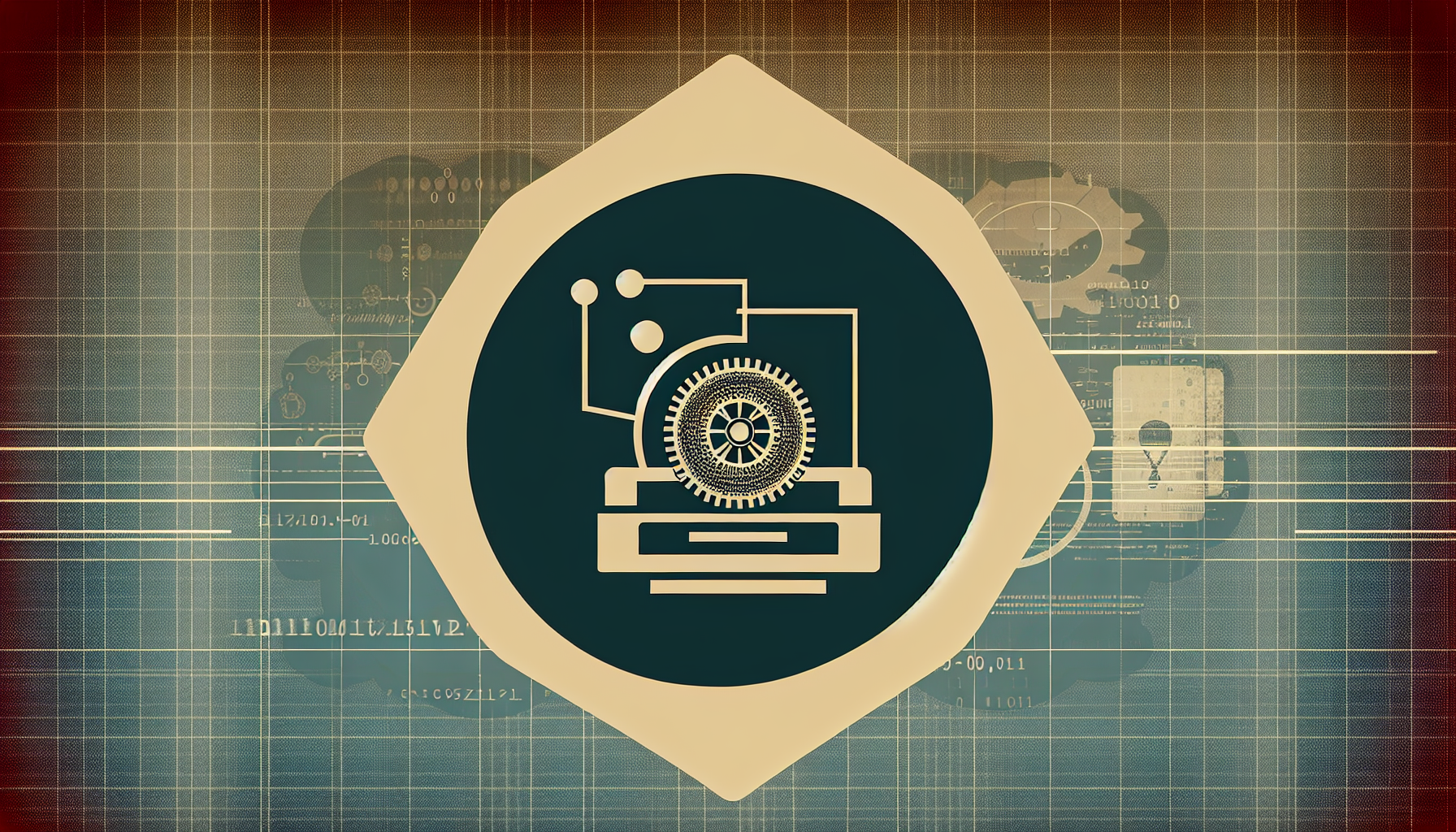In the grand narrative of artificial intelligence, few figures loom as large as Alan Turing. This brilliant mind didn’t just help crack codes during World War II; he also laid the intellectual groundwork for computing, inadvertently giving birth to our modern fascination with AI. His visionary thinking was encapsulated in a remarkable experiment he proposed in a 1950 paper titled “Computing Machinery and Intelligence.” The experiment became known as the Turing Test. Its premise was simple: could a machine convince a human interlocutor that it was also human based solely on conversation?
From this foundation arose an intriguing trajectory for AI: to craft an illusion—a performance of human-like conversation. Fast forward to today, and we stand at the cusp of Turing’s legacy, exploring whether a machine can do more than merely imitate human thought. Welcome to the investigation of whether AI can achieve original thought.
The Imitation Game
The Turing Test is fundamentally a game of deception, where the AI’s goal is to persuade humans of its humanity. This focus on imitation seeded a whole lineage of AI development aimed at human-like interaction—chatbots, virtual assistants, and the like. These systems parse natural language, recognize patterns within vast datasets, and learn from their interactions. But still, their dialogues remain reflections or reconstructions, crafted from the shadow of human input rather than the spark of independent creation.
For AI, imitation is its safety net, a familiar path guided by reams of existing data. It’s akin to a parrot mimicking human speech; the sound may be strikingly human, but consciousness, self-awareness, or original thought is notably absent. Chatbots like Siri or Alexa, or even the fan-favorite GPT series, don’t generate ideas. They shuffle and recombine the pieces they’ve been given. Like they say, recycling is good for the environment, but it’s not the same as creating art.
The Quest for Original Thought
Herein lies the challenge: advancing from mere mimicry to originality. Original thought, in the human sense, emerges from a blend of creativity, insight, and experience—a cocktail not so easily mixed. For AI to exhibit originality, it would need to develop a form of synthetic creativity that does more than regurgitate what it knows.
When a musician creates a new piece, they draw on years of training and experience, emotional response, and sometimes a splash of serendipity. For AI to replicate such creativity, it must not only master the notes but understand the ambiance of the untapped potential between them. The shift from information processing to a leap of creative thought is quite the Rubik’s cube for AI engineers and perhaps the Holy Grail for philosophers.
Beyond Syntax: Towards Semantics
If true originality requires creation beyond existing patterns, we must consider another crucial aspect—semantics. AI is currently amazing at handling syntax, the structure of language. When you ask an AI about the weather, it knows what you mean simply by analyzing the structure of your request. However, semantics—understanding the deeper meaning behind words and intention—remains elusive.
For AI to truly think, it must develop an understanding that stretches beyond structures and rules to comprehend and generate meaning, context, and nuance. This is one area where even the most sophisticated AI systems flounder, as they don’t possess the inherent, intuitive sense of humanity that colors our understanding of the world. It’s one thing to describe a rainbow, but it’s quite another to experience its beauty.
The Philosophical Implications
The prospect of AI with original thought raises a delicious assortment of philosophical questions. What does it mean to ‘think creatively,’ and how do we measure it? If an AI achieves original thought, who owns it? Does that make the AI an ‘individual’ as we define it in terms of intellectual property rights?
Moreover, the question of AI creativity forces us to re-evaluate our understanding of human creativity itself. Is creativity a uniquely human trait—or merely the epitome of specific, sophisticated algorithms in our brains? Is it a random evolution path that AI could follow given enough time, data, and silicon?
The Journey Ahead: Human Intuition and AI Evolution
We know not what our artificial intelligences may become, nor do we truly fathom the profound shifts they will initiate within our societies. Our journey, Turing’s legacy from imitation to originality, is a continuous dance between potential and reality. The promise of AI is not just creating machines that can converse or play games at a world champion level but potentially crafting companions of creativity.
As we venture further into this brave new world of AI with more than a hint of original thought, let us remember Turing’s humble beginnings. He asked not whether machines could think but if they could convincingly pretend to be human. As we push the bounds of AI abilities, we must navigate these waters with the same curiosity and caution he embodied.
In the end, this dance between imitation and originality in AI isn’t merely about creating smarter machines but about enriching the human experience. Somewhere out there, amongst digital zeros and ones, lies the potential for an AI that not only echoes us but enlightens us, expands our perspective, and perhaps even amuses us with its insights. After all, what’s a philosophical journey without a bit of humor?

Leave a Reply